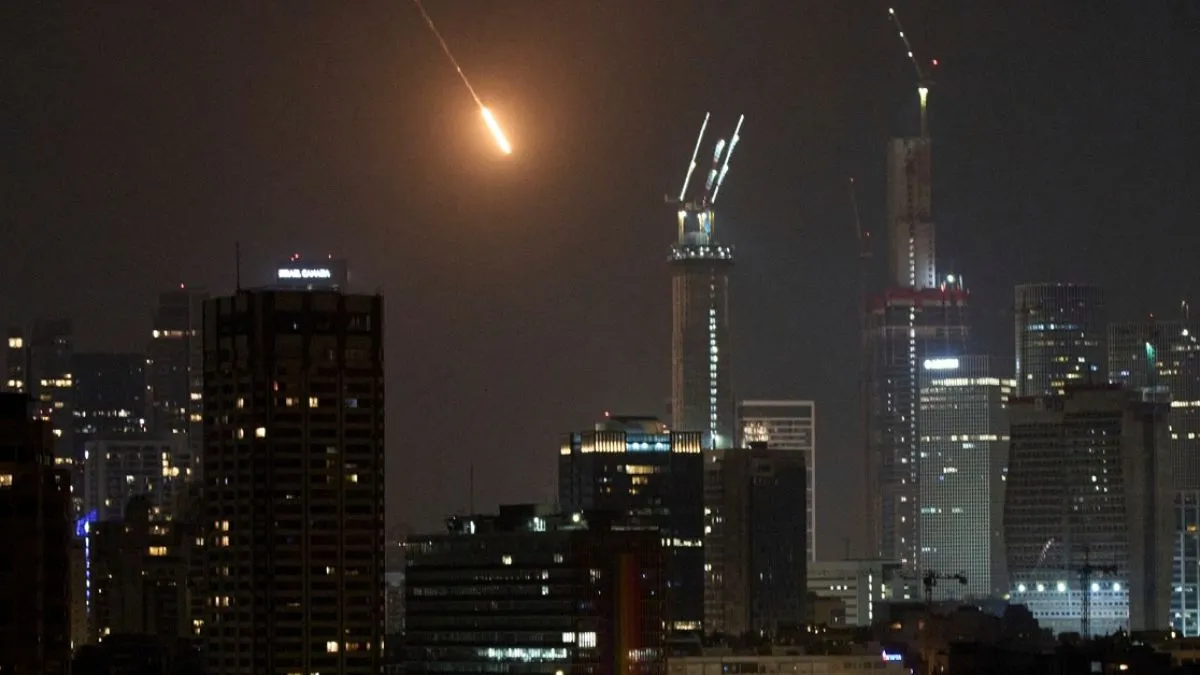
In a dangerous development within the ongoing mutual escalation between Iran and Israel, an Iranian missile struck the prestigious Weizmann Institute of Science in Rehovot, located south of Tel Aviv, during the early hours of Sunday. This incident marks a significant moment in the longstanding conflict between the two nations, highlighting the increasing risks associated with military confrontations in the region.
The Weizmann Institute is renowned as one of the most important scientific centers, not just in Israel, but globally. Established in 1934 by Chaim Weizmann under the original name of Daniel Seif Research, the institute was renamed in 1949 in honor of its founder, who later became Israel’s first president. Today, the institute is home to approximately 2,500 researchers and staff members, and it offers advanced master’s and doctoral programs across various fields, including mathematics, physics, biology, chemistry, and computer science.
Beyond its academic prowess, the Weizmann Institute plays a pivotal role in Israel’s national security infrastructure, supporting the military through its advanced research and technological innovations. This dual-functionality as a scientific and military asset makes it a strategic target in the eyes of Iranian authorities.
The Weizmann Institute stands as a pillar of technological innovation in Israel, contributing significantly to the development of complex military systems. Some of the key areas of research and development include:
Artificial Intelligence for data analysis and combat guidance. Unmanned Aerial Vehicle (UAV) technologies and autonomous systems. Advanced electronic tracking and jamming tools. Alternative GPS navigation systems. Protection of military codes. Encrypted communication in hostile environments. Research in directed energy and nuclear applications. Development of field treatments for injured soldiers.These strategic military contributions partly explain why the Weizmann Institute has become a target for Tehran, particularly in light of recent Israeli airstrikes on Iranian military facilities and prominent scientists.
In response to the missile strike, Israeli media outlets have refrained from releasing images or detailed information regarding the extent of the damage. This is in accordance with strict military censorship that aims to prevent the disclosure of injuries or damage to sensitive facilities. Such reticence not only reflects a level of security embarrassment due to the breach of air defenses but also underscores the vulnerability of Israeli infrastructure to precise attacks.
The Weizmann Institute benefits from substantial funding by the Israeli government, along with significant support from international organizations. This financial backing enhances its capability to attract top-tier talent and develop projects that advance both scientific and military progress. Furthermore, the institute serves as a platform for international scientific collaborations, which could potentially lead to diplomatic tensions if investigations reveal that sensitive, internationally-supported scientific facilities were directly targeted.
This missile strike on the Weizmann Institute not only represents an escalation in the conflict between Iran and Israel but also raises critical questions about the future of scientific research and military collaboration in a region marked by instability.